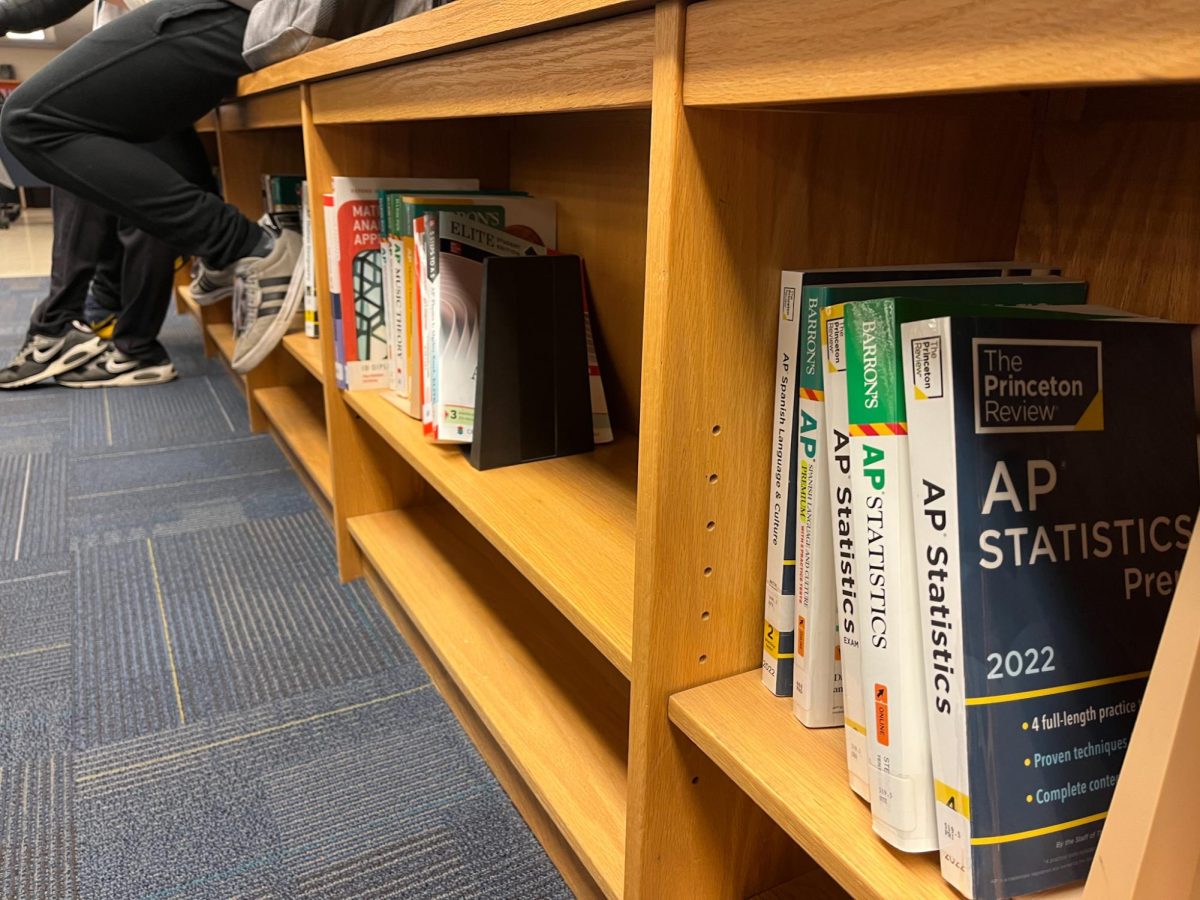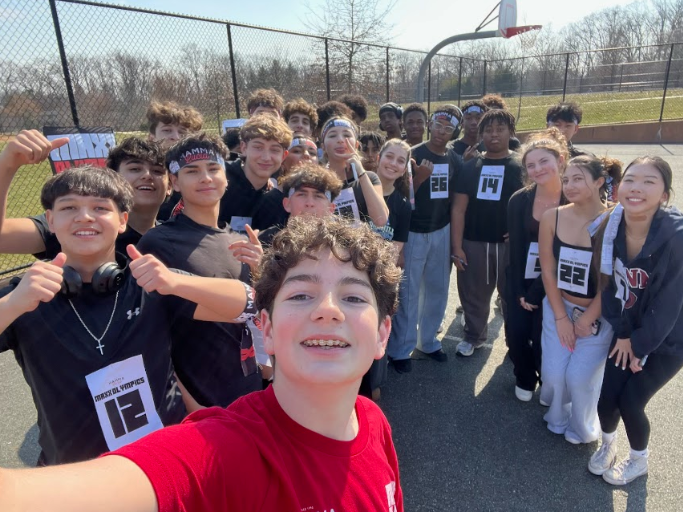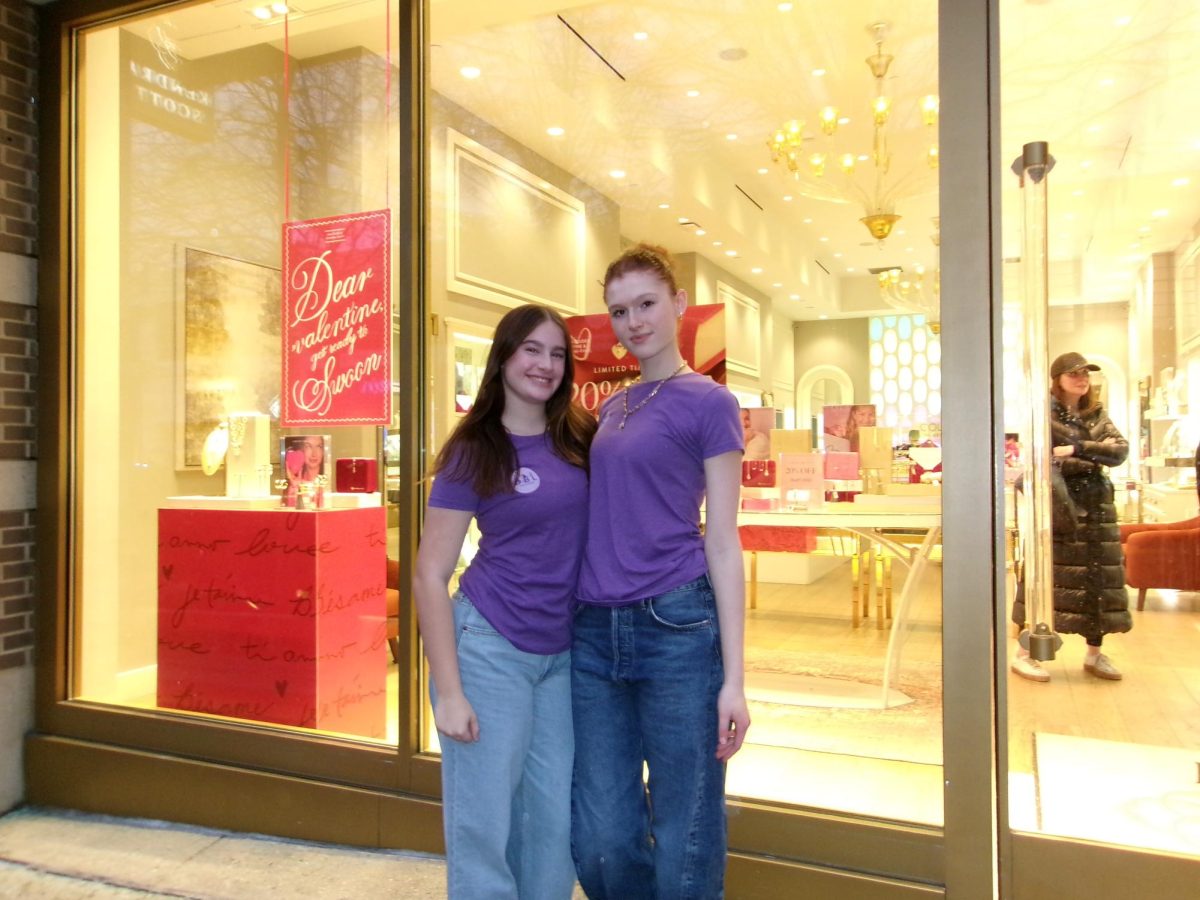Sophomore Jamie Bonan lives in constant fear of a simple object: a balloon. Instead of being able to turn her head away at the sight of this inflatable item, she begins to panic and loses her composure. This is no normal fear, it is known as a phobia.
The term phobia is generally associated with words like claustrophobia or arachnophobia, the fear of small spaces or spiders, but students and staff prove that a person can have an irrational fear of anything, ranging from bridges to balloons to cold water, which often leads to hyperventilation and loss of self-control.
“Driving on bridges, I feel like I have less control so I start to have a panic attack,” AP Psychology teacher Katelyn McMahon said. “My palms get sweaty, my breathing gets really quick and I get a little dizzy.”
According to local psychiatrist Susan Rich, when people come face-to-face with their phobia, their body is hardwired to have an extreme reaction. Symptoms include uncontrollable shaking, heart racing and an impending sense of doom.
This is due to a tiny part of the brain known as the amygdala. One of the functions of the amygdala is to program a person’s body to respond to a situation based on that person’s prior response in similar situations.
“The amygdala programs that memory or event and the response to that memory,” Rich said. “It goes back for us physiologically, like say if a little kid touches something hot, it’s programmed in the amygdala with that feeling of hotness.”
English teacher Shelley Perrett’s phobia of vomit is due to a traumatic experience.
“About three years ago, I had a plant on my windowsill in my classroom and I went over to the plant and saw something in it,” Perrett said. “I thought it was oatmeal and I touched it, but it was vomit. Someone had thrown up in my plant and then I got sick and was throwing up as I was running down the hall.”
According to Perrett, this experience has affected her so much as to change her daily wardrobe. Now Perrett tries to wear turtleneck shirts as much as possible to use the neckline to mask any potential stench of vomit.
Though some people may be able to pinpoint the exact time and place their phobia evolved, many fears can be the result of an early childhood memory and for Bonan, this was the case.
Bonan believes her fear of balloons developed when she was still in elementary school and visited her mom’s office in New York. A balloon in the office popped, causing Bonan to feel like she was falling out of the window. Ever since then, Bonan cannot be in the same room as a balloon and screams and runs away at the very sight of one.
On the contrary, not all phobias are the result of a tragic experience.
According to Rich, some phobias are learned behaviors of children from their parents when they are at a young age. If a parent displays fear in front of a child, the child may also have a phobic reaction.
“The child has the thought process that if mom’s not here to protect me and she’s falling apart, I’m going to fall apart too,” Rich said.
Despite the hopeless feeling a person experiences when confronting their fear, phobias are highly curable.
“Phobias are something I love to treat because they are so treatable,” Rich said. “You identify what was the trigger and you let the person experience the same thing with some education to it. You can extinguish the past experiences through natural play and activity.”
In certain cases, a doctor will use a technique called immersion to abolish the phobia. Immersion is when one puts a person and his or her fear together to see if a positive experience can occur. Immersion is not successful in all cases, however.
Rich used the immersion technique on herself in an attempt to extinguish her fear of heights. Rich went skydiving and ended up having a positive experience. On the other hand, if Rich were to go skydiving and break her leg, her fear of heights would only evolve.
Despite all these available treatments, many people with phobias attempt to handle their fear in their own way.
Junior Molly Gondelman has a fear of Jell-O, a food product that is too popular to avoid. Because Gondelman is surrounded by friends who eat Jell-O, she developed a tactic to prevent herself from gagging uncontrollably.
“I can’t look at Jell-O when people are eating it,” Gondelman said. “I just imagine it’s another kind of food.”
Other students may close their eyes or try to cover up their fear.
Senior Alyssa Combs has an extreme fear of spiders and whenever she sees a spider, she quickly grabs a cup to cover it up.
What people do not realize is that phobias can be overwhelming enough to restrict daily activities as essential as driving.
“In the past I have actually used a policeman to help me get across the bridge,” McMahon said. “I can sometimes ride passenger, but most of the time I just try to shut my eyes and not think about it.”
Phobias can be the barricade between people living lives to the fullest and isolating themselves to avoid being terrified. People even suffer mockery about their involuntary reactions to what other people view as ordinary objects.
“It’s really tragic,” Bonan said. “I can’t go to birthday parties, I can’t see clowns ever, I really can’t be in the same room as a balloon. People make fun of me for it, but I am not a freak.”







